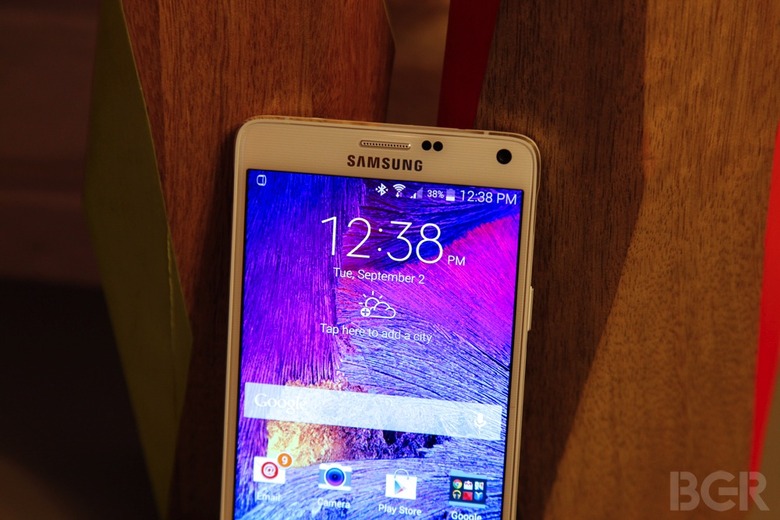You Will Be Amazed At How Gorgeous The Galaxy Note 4's 4K Video Footage Looks
Some photography experts have declared that the iPhone 6 Plus right now has the best smartphone camera in the world... but that could soon change once they get a look at the camera on the Galaxy Note 4. Unbox Therapy has uploaded some footage shot in 4K of various scenes in his hometown of Toronto and the results look positively stunning.
RELATED: Pro photographer pens massive in-depth iPhone 6 Plus camera review
Unbox Therapy recommends that you set the resolution on YouTube to 4K, though honestly the video looks great even on 1080p resolution. The colors are bright, the contrast is remarkably sharp and the video overall looks extremely lifelike.
From a specs perspective, the Note 4 features a 16-megapixel rear-facing camera with optical image stabilization (OIS) and 8x digital zoom that can film in 4K. Those specifications don't do that actual camera justice, however, and Unbox Therapy's video shows it really is as impressive as it sounds.
Sadly, those of us in the U.S. still have to wait a bit longer before we'll be able to try out the Note 4 ourselves, as the device isn't releasing in this country until October 17th. Once it does come out, however, we can't wait to see some of the awesome videos users film with Samsung's latest flagship phablet.
